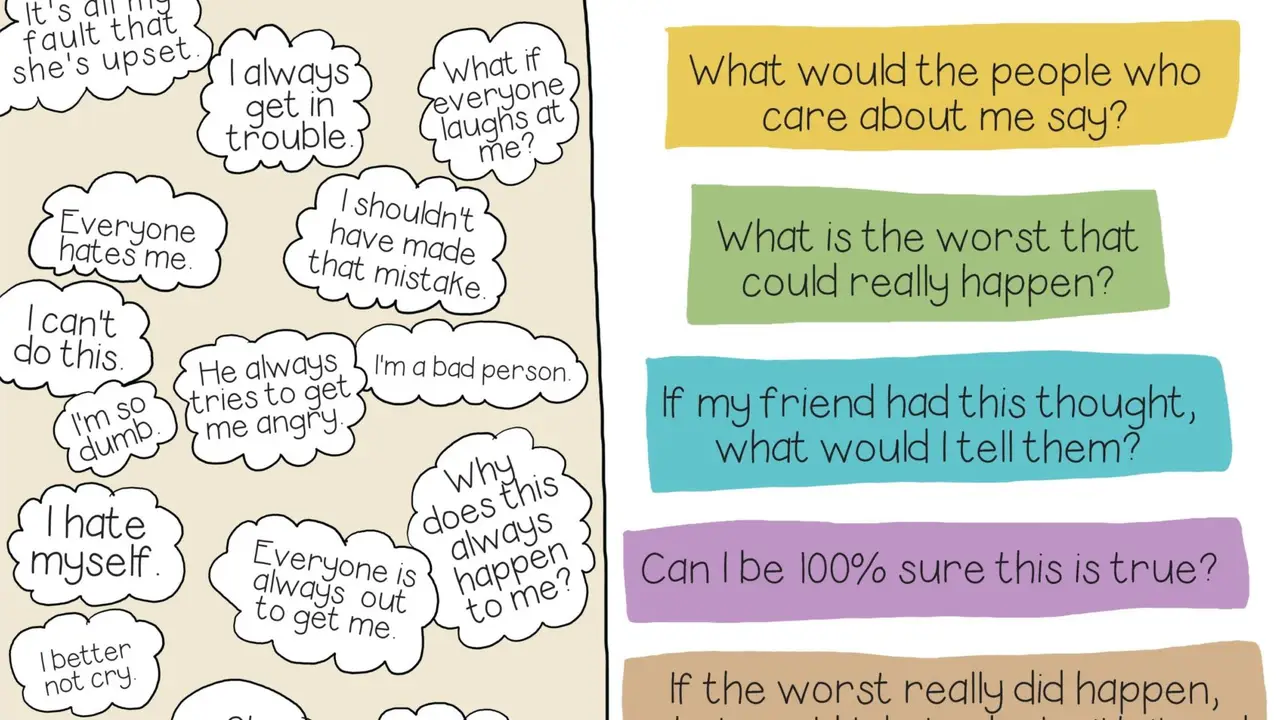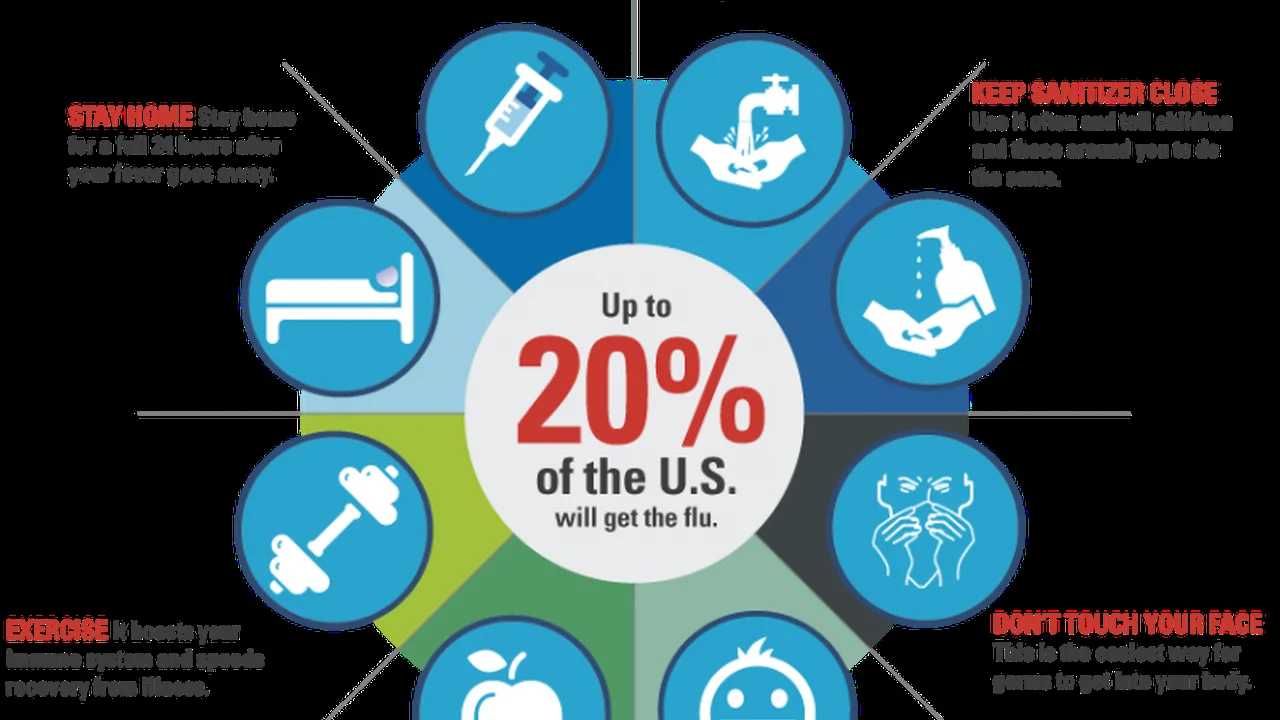The Benefits of Meal Planning: Save Time and Money
Sample meta description.

Introduction to Meal Planning Your Gateway to a Healthier Wallet and Waistline
Hey there! Ever feel like you're constantly throwing away food, ordering takeout because you're too tired to cook, or just generally spending way too much money on groceries? Yeah, me too. That's where meal planning comes in. It's not about being a super-organized, type-A personality (though, if that's you, go for it!). It's about making small, manageable changes that can have a huge impact on your health, your bank account, and your sanity. We're talking less stress, more delicious home-cooked meals, and a happier you. So, let’s dive into how meal planning can revolutionize your life, one delicious dish at a time.
Saving Serious Cash The Financial Perks of Planning Your Meals
Let’s be real, money talks. One of the biggest benefits of meal planning is the sheer amount of money you can save. Think about it: Impulse buys at the grocery store, last-minute takeout orders, and food waste all add up. A *lot*. When you plan your meals, you're creating a shopping list based on what you actually need. No more wandering the aisles, grabbing whatever looks good. You stick to the list, buy in bulk when possible (hello, savings!), and use up what you have before it goes bad. It's like giving yourself a mini-raise every month. Plus, home-cooked meals are almost always cheaper (and healthier!) than eating out. You control the ingredients, portion sizes, and overall cost. Think about all the things you could do with that extra cash – a vacation, a new gadget, or even just a little breathing room in your budget.
Time is of the Essence How Meal Planning Frees Up Your Schedule
Time is precious, and meal planning can give you more of it. How many evenings have you spent staring blankly into the fridge, wondering what to make for dinner? Or running to the store at the last minute because you're missing a crucial ingredient? Meal planning eliminates that chaos. By spending a little time each week planning your meals, you're freeing up valuable time during the week. You know exactly what you're going to eat, you have all the ingredients on hand, and you can even prep some of the ingredients in advance. Imagine coming home from a long day at work and knowing that dinner is already halfway done. It's a game-changer! You can use that extra time to relax, spend time with family, pursue hobbies, or just catch up on some sleep. And let's be honest, who couldn't use a little more sleep?
Healthy Eating Habits Meal Planning and Nutritional Benefits
Beyond saving time and money, meal planning is a fantastic way to improve your eating habits. When you plan your meals, you're more likely to make healthier choices. You can focus on incorporating more fruits, vegetables, and whole grains into your diet. You can also control portion sizes and avoid processed foods and unhealthy fats. It's a conscious effort to nourish your body with the nutrients it needs. Plus, when you're not stressed about what to eat, you're less likely to reach for unhealthy comfort foods. Meal planning helps you stay on track with your health goals, whether you're trying to lose weight, gain muscle, or simply eat a more balanced diet. It's a proactive approach to health that puts you in control of what you're putting into your body.
Combatting Food Waste Meal Planning for a Sustainable Lifestyle
Food waste is a huge problem, both economically and environmentally. A significant portion of the food we buy ends up in the trash. Meal planning helps you reduce food waste by ensuring that you're only buying what you need. You can also use leftovers creatively and plan meals around ingredients that are about to expire. It's a more sustainable way to live that benefits both your wallet and the planet. Plus, reducing food waste is a feel-good activity. You're contributing to a more responsible and eco-friendly lifestyle.
Getting Started with Meal Planning Practical Tips and Tricks
Okay, so you're convinced that meal planning is awesome. But where do you start? Don't worry, it's not as daunting as it seems. Here are a few practical tips to get you started:
- Start small: Don't try to plan every single meal for the entire week. Start with a few dinners or lunches and gradually expand from there.
- Take inventory: Before you make your shopping list, check your fridge, freezer, and pantry to see what you already have.
- Plan around your schedule: Choose recipes that fit your lifestyle and the amount of time you have available.
- Theme nights: Theme nights can make meal planning more fun. For example, Taco Tuesday, Pasta Wednesday, or Pizza Friday.
- Batch cooking: Cook large batches of food on the weekend and portion them out for the week.
- Embrace leftovers: Leftovers are your friend! Repurpose them into new meals or pack them for lunch.
- Use meal planning apps: There are tons of great meal planning apps that can help you find recipes, create shopping lists, and track your nutritional intake.
Product Recommendations and Comparisons The Best Tools for Meal Planning Success
To really kick your meal planning into high gear, here are some product recommendations with usage scenarios, comparisons, and pricing:
Meal Prep Containers Stay Organized and Fresh
Product: Glass Meal Prep Containers with Lids (Amazon)
Usage Scenario: Prepping lunches and dinners on Sunday and storing them in the fridge for the week. Perfect for portion control and keeping your meals fresh.
Comparison: Plastic containers are cheaper, but glass is more durable, doesn't stain, and is microwave-safe. Consider BPA-free plastic if glass isn't your thing.
Pricing: A set of 5 glass containers typically ranges from $25-$40.
Slow Cooker or Instant Pot Effortless Weeknight Dinners
Product: Instant Pot Duo 7-in-1 Electric Pressure Cooker
Usage Scenario: Throw in ingredients in the morning, and come home to a delicious, fully cooked meal. Perfect for busy weeknights and hands-off cooking.
Comparison: Slow cookers are great for low and slow cooking, while Instant Pots can pressure cook, slow cook, sauté, and more. Instant Pots are faster, but slow cookers require less monitoring.
Pricing: Instant Pots range from $80-$150 depending on size and features. Slow cookers are typically cheaper, around $30-$80.
Spiralizer Get Your Veggie On
Product: Paderno World Cuisine Tri-Blade Vegetable Spiralizer
Usage Scenario: Making zucchini noodles, sweet potato fries, or other veggie-based dishes. A fun and healthy way to add more vegetables to your diet.
Comparison: Handheld spiralizers are cheaper but require more effort. Countertop spiralizers are easier to use and offer more variety in terms of noodle shapes.
Pricing: Handheld spiralizers range from $10-$20, while countertop models range from $25-$50.
Meal Planning Apps Streamline Your Planning
Product: Plan to Eat (Subscription-based)
Usage Scenario: Importing recipes from websites, creating a meal plan, generating a shopping list, and tracking your grocery spending. A comprehensive tool for managing your meal planning process.
Comparison: There are many free meal planning apps available, but subscription-based apps often offer more features and customization options.
Pricing: Plan to Eat typically costs around $5-$7 per month.
High-Quality Knives and Cutting Boards Prep Like a Pro
Product: Wüsthof Classic 8-Inch Chef's Knife
Usage Scenario: Chopping vegetables, prepping meat, and performing other essential kitchen tasks. A good knife makes meal prep faster and more enjoyable.
Comparison: There are many different brands and types of knives available. Consider a high-carbon stainless steel knife for durability and sharpness.
Pricing: A good chef's knife can range from $80-$200.
Troubleshooting Common Meal Planning Challenges
Even with the best intentions, meal planning can sometimes be challenging. Here are a few common challenges and how to overcome them:
- Lack of time: If you're short on time, try batch cooking or using convenience foods like pre-cut vegetables.
- Picky eaters: Involve your family in the meal planning process and choose recipes that everyone will enjoy.
- Boredom: Try new recipes and experiment with different cuisines to keep things interesting.
- Unexpected events: Be flexible and have a backup plan in case something comes up.
Maintaining Momentum Staying Consistent with Meal Planning
The key to successful meal planning is consistency. Here are a few tips to help you stay on track:
- Make it a habit: Schedule a specific time each week to plan your meals.
- Track your progress: Monitor your spending and food waste to see how meal planning is benefiting you.
- Reward yourself: Celebrate your successes and treat yourself to something special.
- Don't be afraid to ask for help: Enlist the support of family and friends.
Final Thoughts A Sustainable Approach to Healthy Living
Meal planning is more than just a way to save time and money. It's a sustainable approach to healthy living that puts you in control of your diet, your budget, and your overall well-being. By making small, manageable changes, you can reap the many benefits of meal planning and create a healthier, happier life. So, what are you waiting for? Start planning your meals today!
:max_bytes(150000):strip_icc()/277019-baked-pork-chops-with-cream-of-mushroom-soup-DDMFS-beauty-4x3-BG-7505-5762b731cf30447d9cbbbbbf387beafa.jpg)






